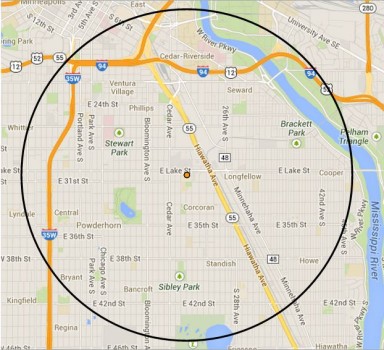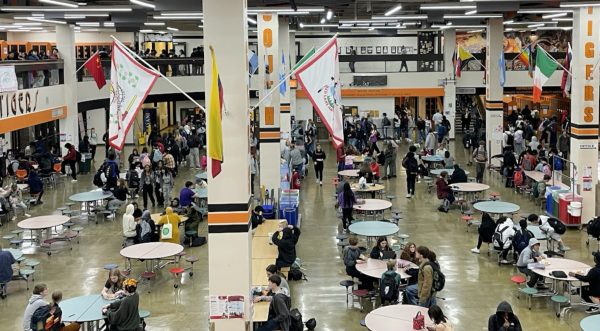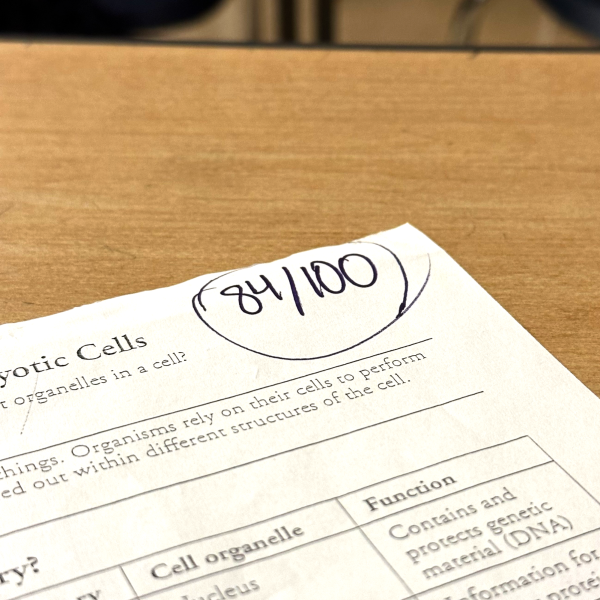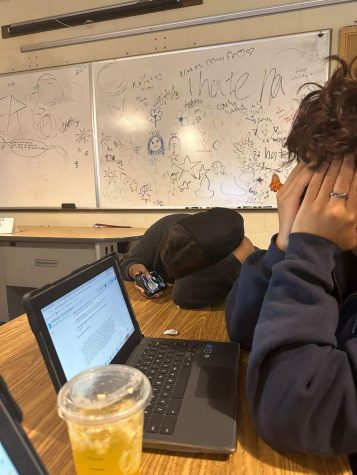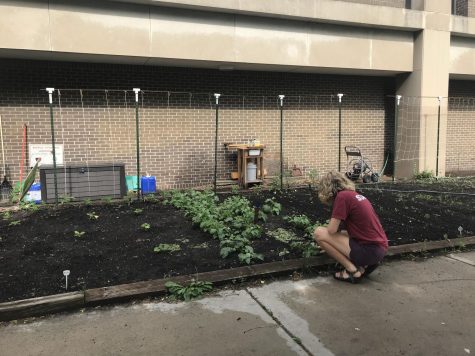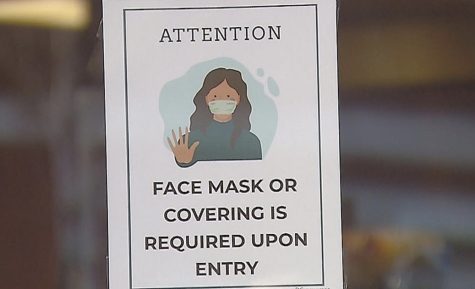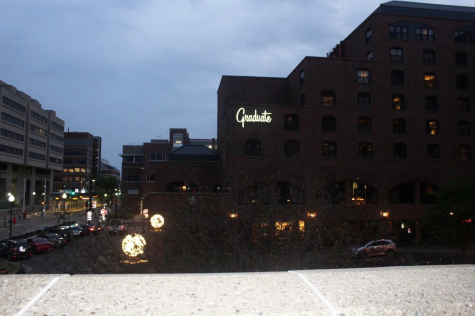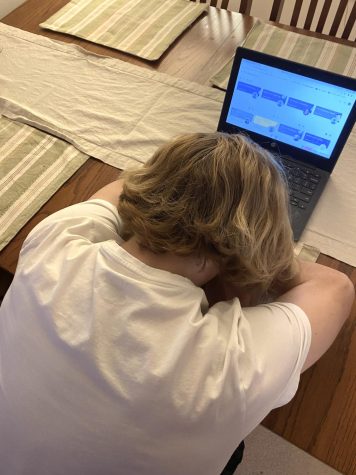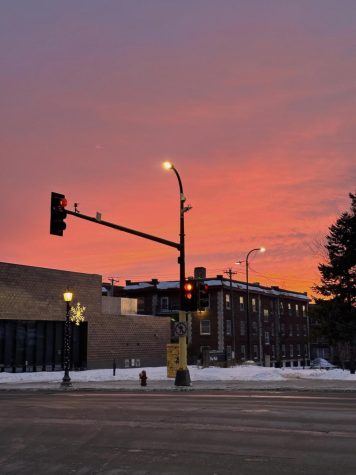Student GoTo Passes Fall Short
The 2 mile “Walking Zone” centered around South definig what students get GoTo cards from where they live.
September 17, 2013
South’s new transportation system, while well intentioned, has extensive design flaws that unjustly disadvantage many students. Transportation to and from school is something that every student has to think about, taking cost, convenience, and safety into consideration. At the beginning of this school year most, but not all, students were given Go-To Cards, which the district hopes will address all these concerns. The cards enable eligible students to take metro transit buses and trains every day from 5am to 10pm free of charge. In exchange, South eliminated the school buses that these students had previously taken.
Unfortunately, South did not give these same benefits to all students. Those who live within two miles of South, in the so-called “walking zone”, will not receive bus cards or any other form of transportation compensation. This zone is measured as a circle with South as its center – the distance is not tracked along the paths that students would take to school; some students may walk up to 3 miles. Even a thirty minute walk, which is approximately the amount of time it would take to walk the district sited two mile distance, is infeasible under Minnesota’s annual extreme weather conditions.
The true problem lies not in the erroneous concept of the “walking zone”, but in the unfair financial burden placed upon students who live within that area. A bus costs the same amount whether one is riding it to South from Hiawatha and 42nd, about 1.9 miles, or across the city. The district judiciously provides passes for students who qualify for free or reduced lunch; transportation expenses can still be a strain for families with moderate incomes. A student who bussed from the Hiawatha neighborhood rather than walked each school day for the month of January (average low temperature of 7°F, high of 24°F), would rack up costs of about $105. This is on top of expenses for weekend and evening transportation, which are covered by the bus cards given to other students.
Students who received Go-To Cards have also noted problems. Although South previously issued passes to students whose city busses ran late, this stopped at the beginning of the year. The 10 o’clock limit has also proved an issue for some students, who have to curtail their usual activities in order to fit into the fare window. Taking metro transit lengthens commute times for students who live further away. These students may previously have relied on rides and now find the bus more cost effective but less convenient. Overall, these problems are negligible in the face of the inordinate benefits of nearly unlimited free transportation.
The new system is largely good – it mobilizes students on a much grander scale than yellow school busses ever did. By reducing transportation costs for students it gives them more freedom; most of the eligible students were excited to receive their new Go-To Cards.
It is ridiculous that a community oriented school like South completely meets some students’ transportation needs while comparatively punishing others for living close by. This is a new program and the kinks have yet to be worked out, but the student body can hope for significant changes in the future.

